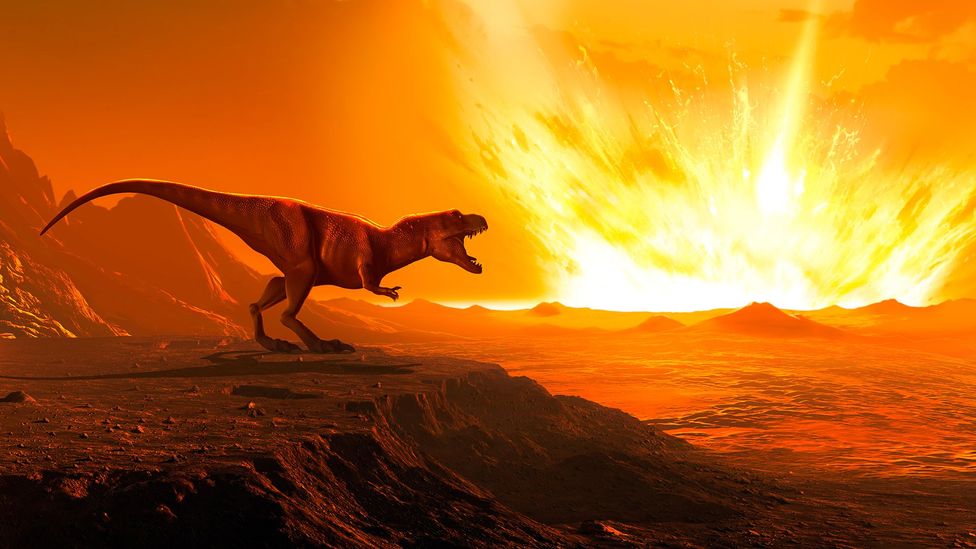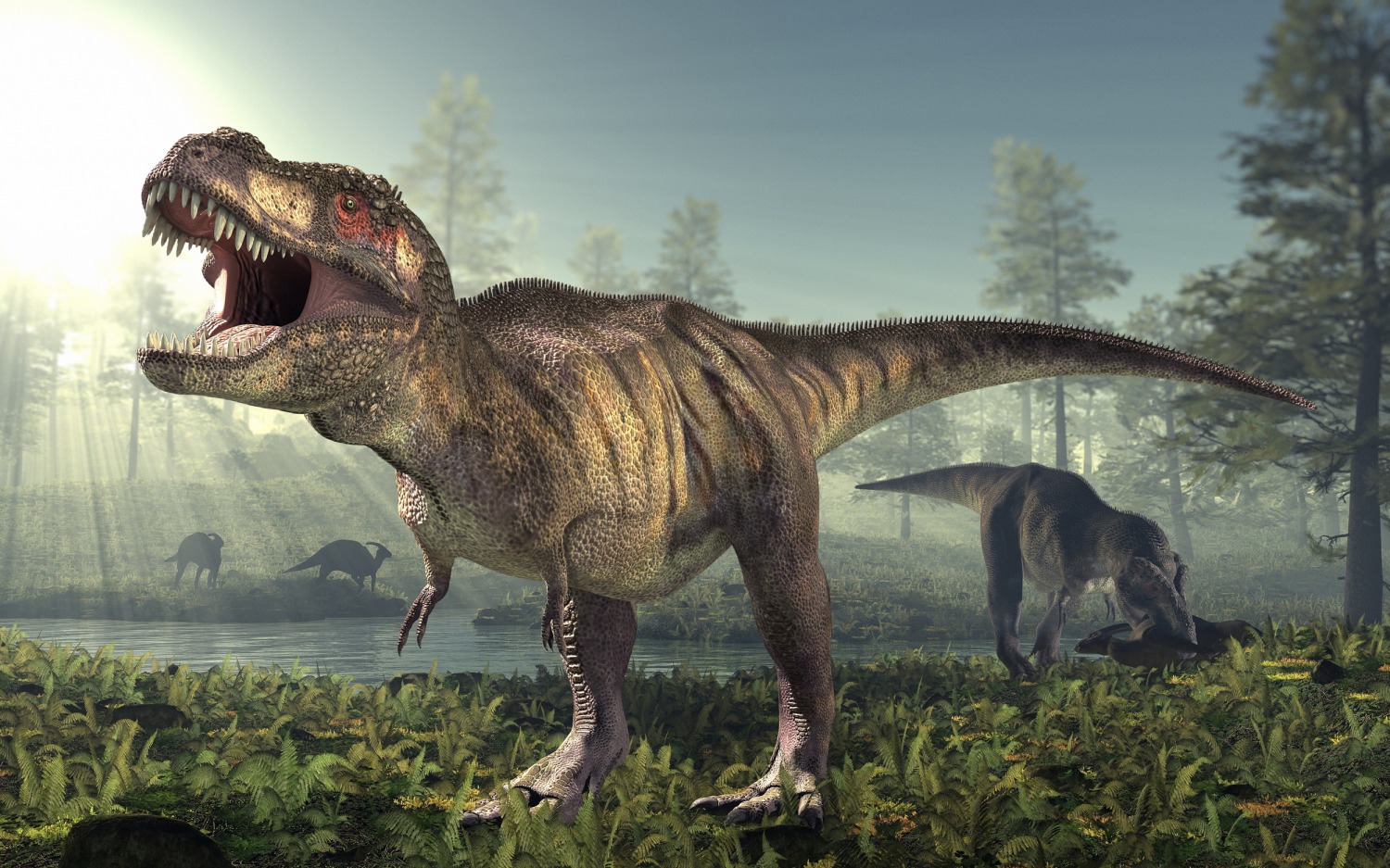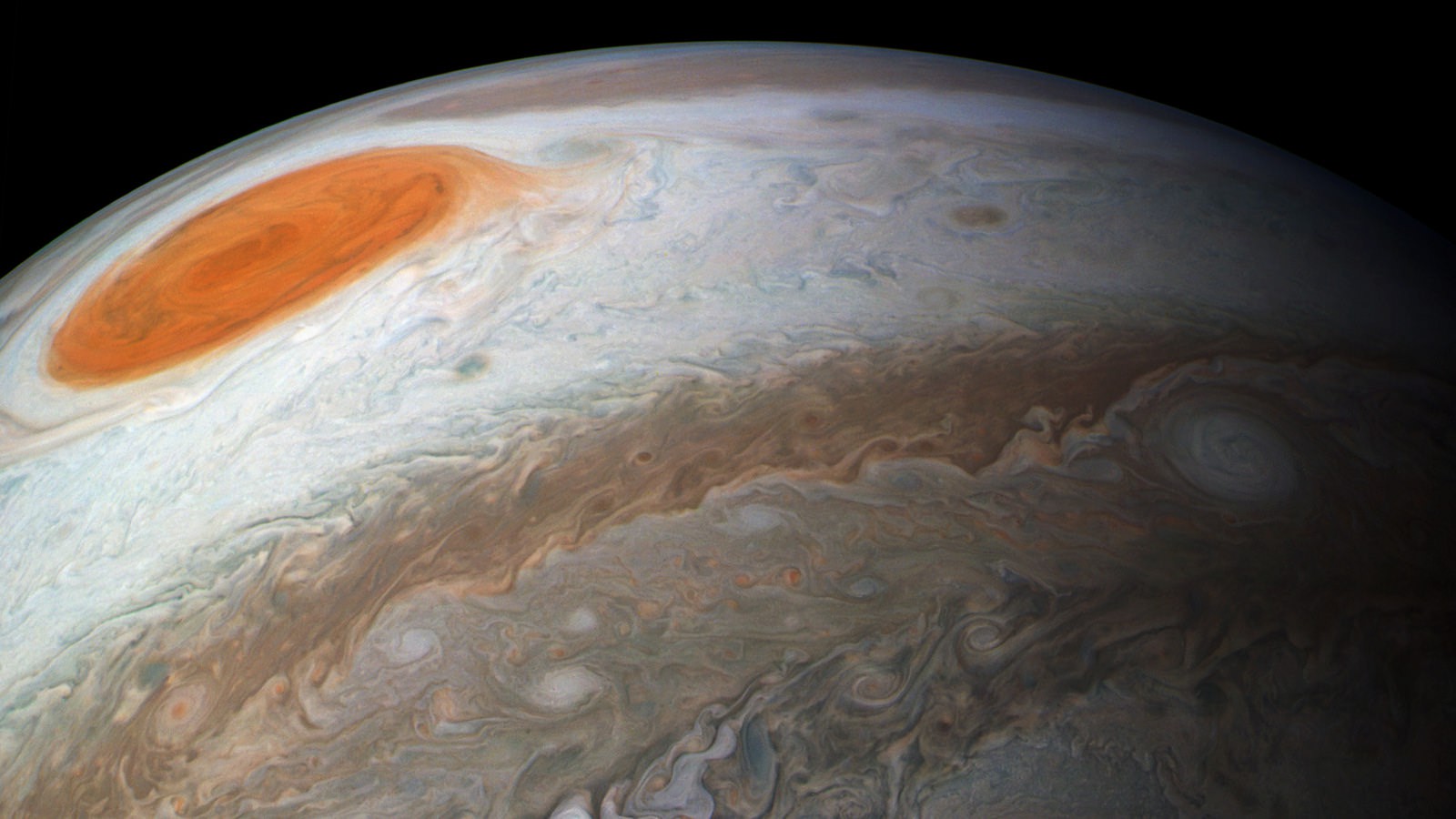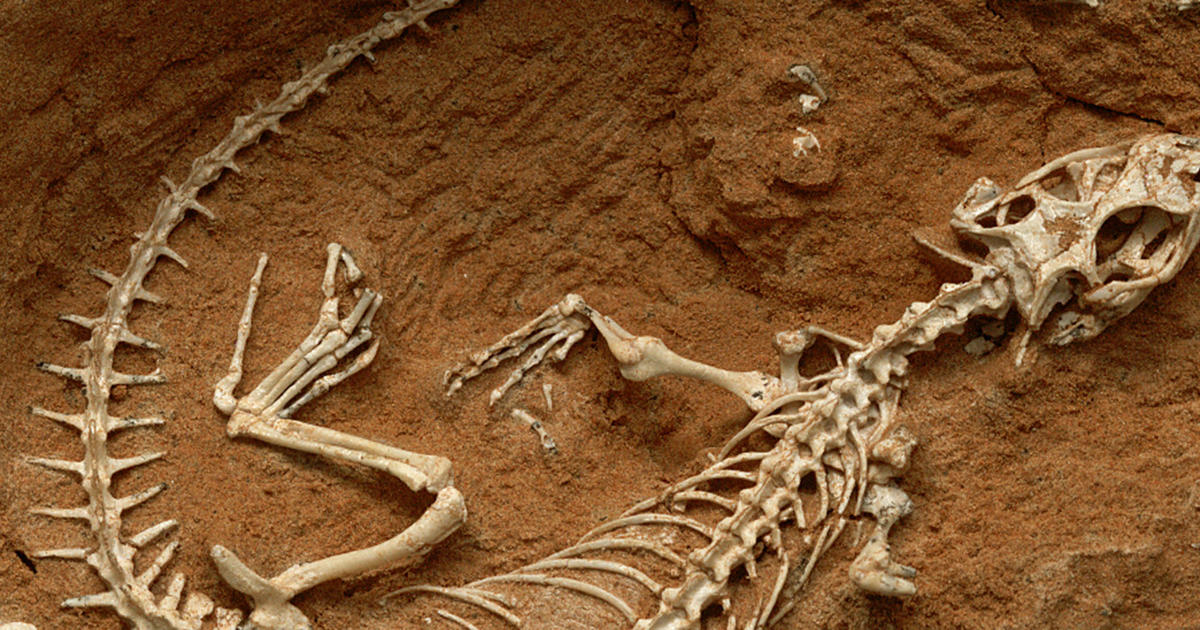The Rock Cycle
The Earth goes through many cycles. Including the water cycle, the nitrogen cycle, the carbon cycle, as well as several others. One of the most important cycles that the earth experiences is the movement of rock from one type of rock to another. We call this the rock cycle. The rock cycle includes sedimentary, igneous, […]









